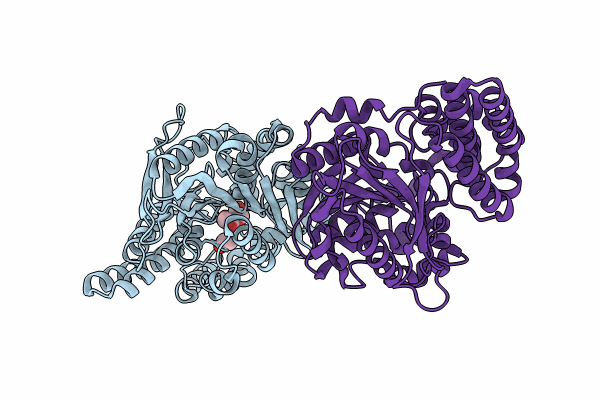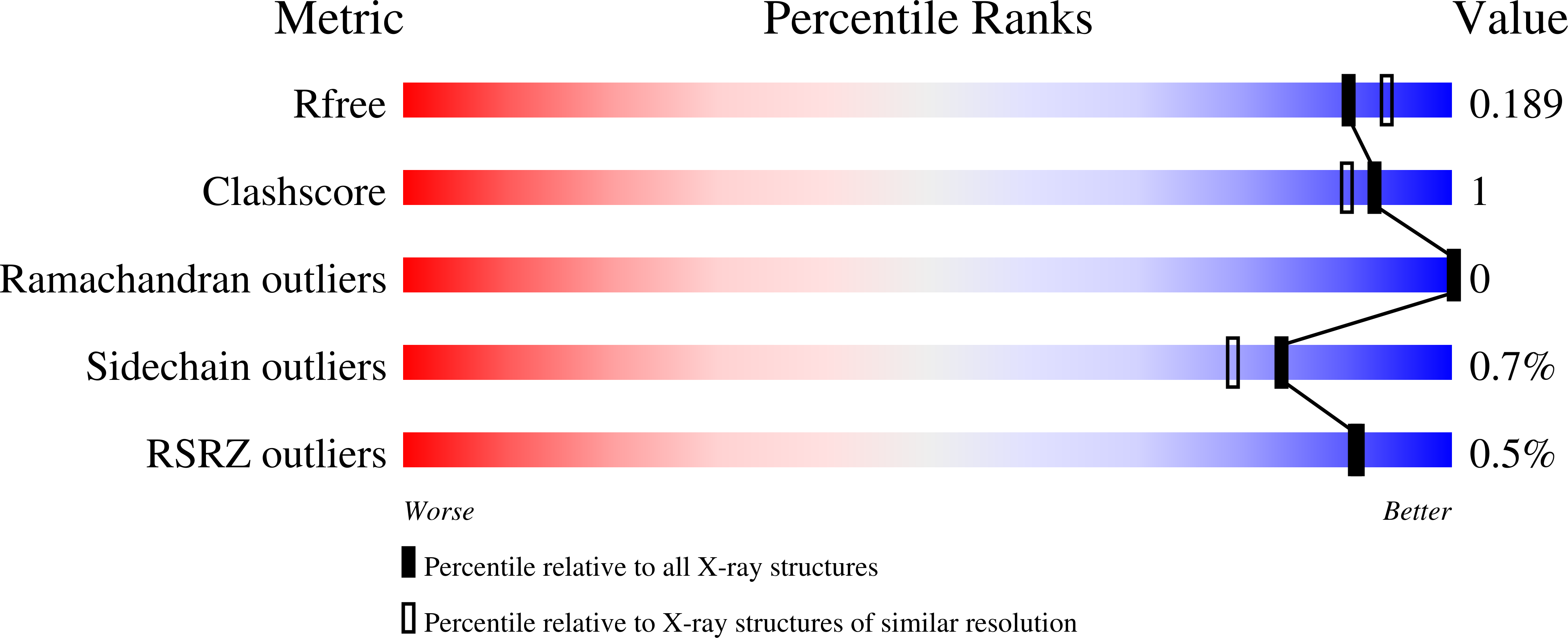
Deposition Date
2023-08-28
Release Date
2024-03-13
Last Version Date
2024-06-19
Entry Detail
Biological Source:
Source Organism:
Exophiala dermatitidis (Taxon ID: 5970)
Host Organism:
Method Details:
Experimental Method:
Resolution:
1.85 Å
R-Value Free:
0.18
R-Value Work:
0.15
R-Value Observed:
0.15
Space Group:
P 21 21 21


